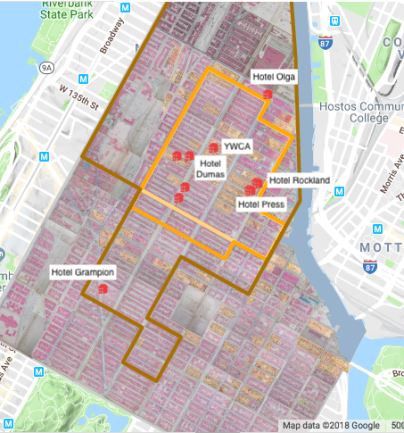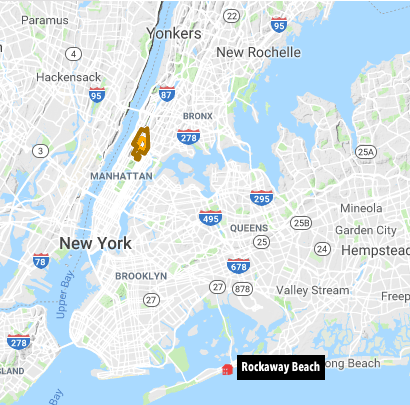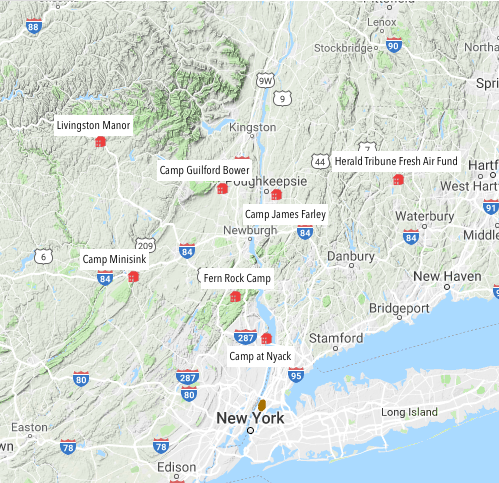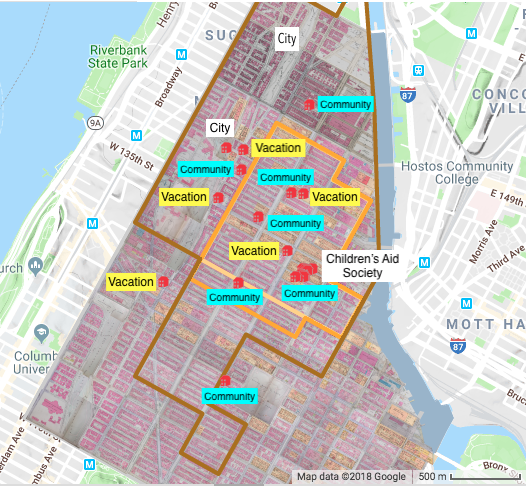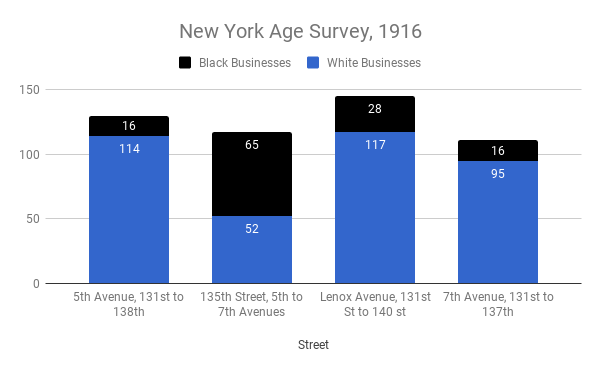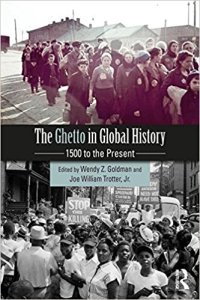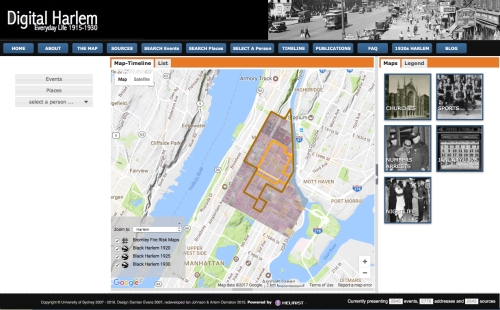In Harlem, cricket was a game almost exclusively played by West Indian immigrants. The game had a prominent place in the West Indian community even before they relocated to Harlem. One indication of the importance of cricket was that events that sought to bring together West Indians typically gave out prizes to the cricket club… Continue reading Cricket in 1920s Harlem
1920s Harlem as a Destination
Summer did not just lead residents to depart Harlem for day trips and longer summer camps; it also brought visitors to the neighborhood. Some came as individuals to study or see family, friends and the city's attractions, others as groups for large events. Evidence of the presence of middle-class tourists in Harlem exists thanks to… Continue reading 1920s Harlem as a Destination
1920s Harlem’s Beach Resort: Rockaway
In summer, day trips to destinations near Harlem became part of residents' leisure. Social clubs gave up their weekly gatherings for the season in favor of trips outside the neighborhood, and, particularly by late 1920s, to the beach. Beginning in the early 1920s, Rockaway in Long Island became Harlem’s beach resort. Individuals travelled by train… Continue reading 1920s Harlem’s Beach Resort: Rockaway
Summer Camps for 1920s Harlem
Until the mid-1920s, Harlem's children went to summer camps organized by the city's Fresh Air Fund (FAF) and other groups inspired by its model. Established in 1877, FAF focused initially on rural home stays, but in the early twentieth century began to run summer camps, initially for groups that "it is not wise to place… Continue reading Summer Camps for 1920s Harlem
Playgrounds in 1920s Harlem
Harlem’s leaders lobbied for playgrounds to protect “children of school age, whose parents are away from home all day by reason of their occupation, who are left to seek recreation on the streets after school hours" (1). Traffic posed the biggest threat; drivers found it difficult to negotiate children playing games of baseball, basketball and punchball… Continue reading Playgrounds in 1920s Harlem
Schools in 1920s Harlem
By 1930, there were more than 24,000 school-age black children in Harlem (1). Five public elementary served the black community in the 1920s, with two new junior high schools built in the 1920s, PS 139 (boys), which opened in 1924, and PS 136 (girls), which opened in 1925. The one secondary school located in black Harlem… Continue reading Schools in 1920s Harlem
Black Businesses in 1920s Harlem
When blacks moved to Harlem to live, they also looked to relocate and establish businesses. While the number of Harlem's residences that were home to blacks steadily expanded, the neighborhood's businesses remained largely in white hands through the 1920s. Thanks to the refusal of white banks to lend to blacks and white landlords to rent… Continue reading Black Businesses in 1920s Harlem
Constrained but not contained: Patterns of everyday life and the limits of segregation in 1920s Harlem
Stephen Robertson's article, "Constrained but not contained: Patterns of everyday life and the limits of segregation in 1920s Harlem," has appeared in The Ghetto in Global History: 1500 to the Present, edited by Wendy Z. Goldman and Joe William Trotter, Jr. (Routledge, 2017). The article is based on the presentation he gave to the Sawyer… Continue reading Constrained but not contained: Patterns of everyday life and the limits of segregation in 1920s Harlem
Digital Harlem at the Library of Congress
Stephen Robertson will be speaking about Digital Harlem at Collections as Data: IMPACT symposium at the Library of Congress, on July 25, 2017, in a talk entitled “Data in Place: Using Digital Harlem to map historical sources.” The event will be live-streamed, and recordings of the presentations will be available on YouTube.
Digital Harlem v2 is live at last
I'm pleased to announce the launch of Digital Harlem v2. Over the last several years Ian Johnson has been migrating our research database to the the Heurist knowledge management system (HeuristNetwork.org), which he developed with Artem Osmakov (University of Sydney Faculty of Arts and Social Sciences). This migration brings several changes to the Digital Harlem interface: Search is… Continue reading Digital Harlem v2 is live at last



